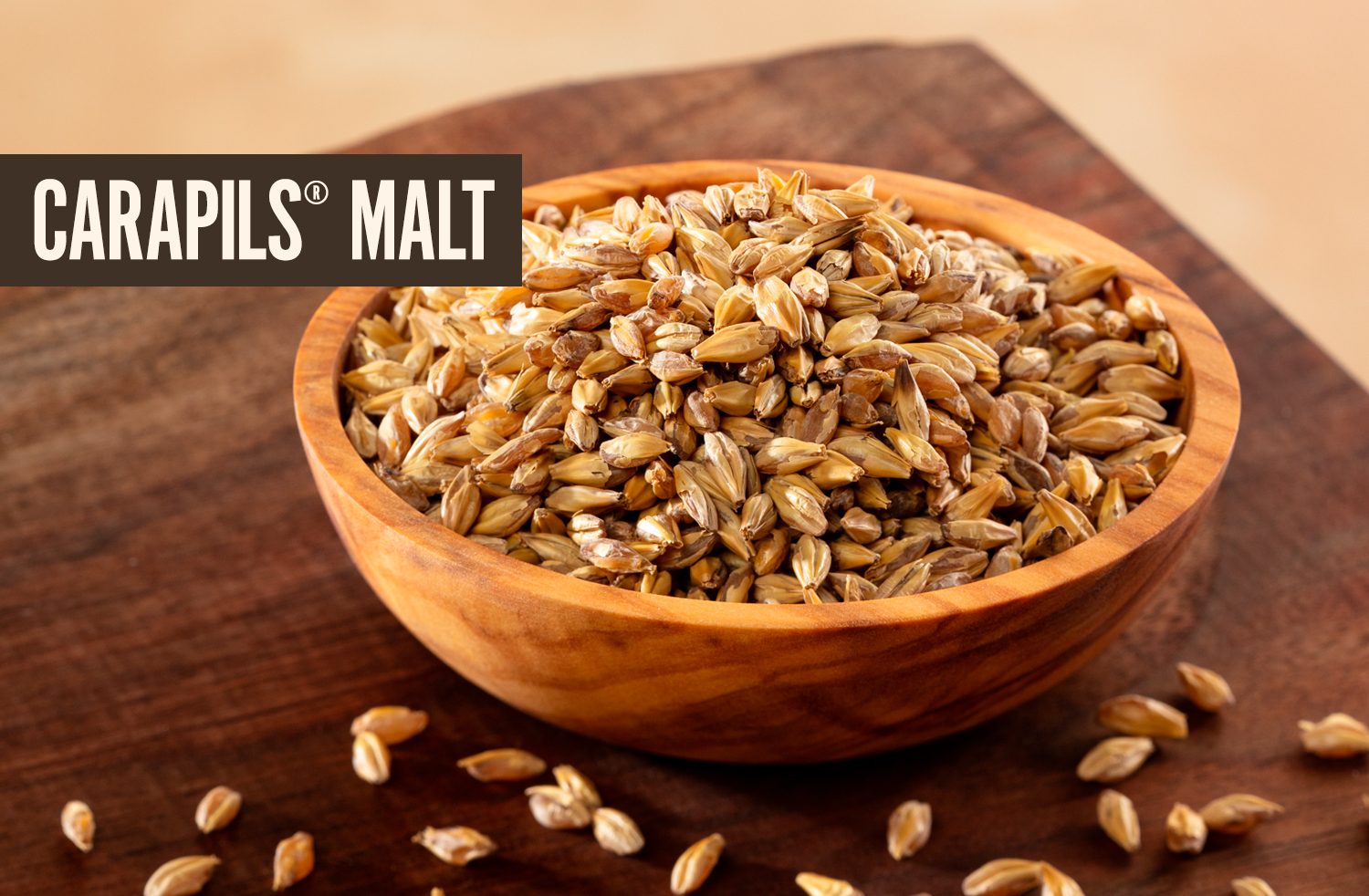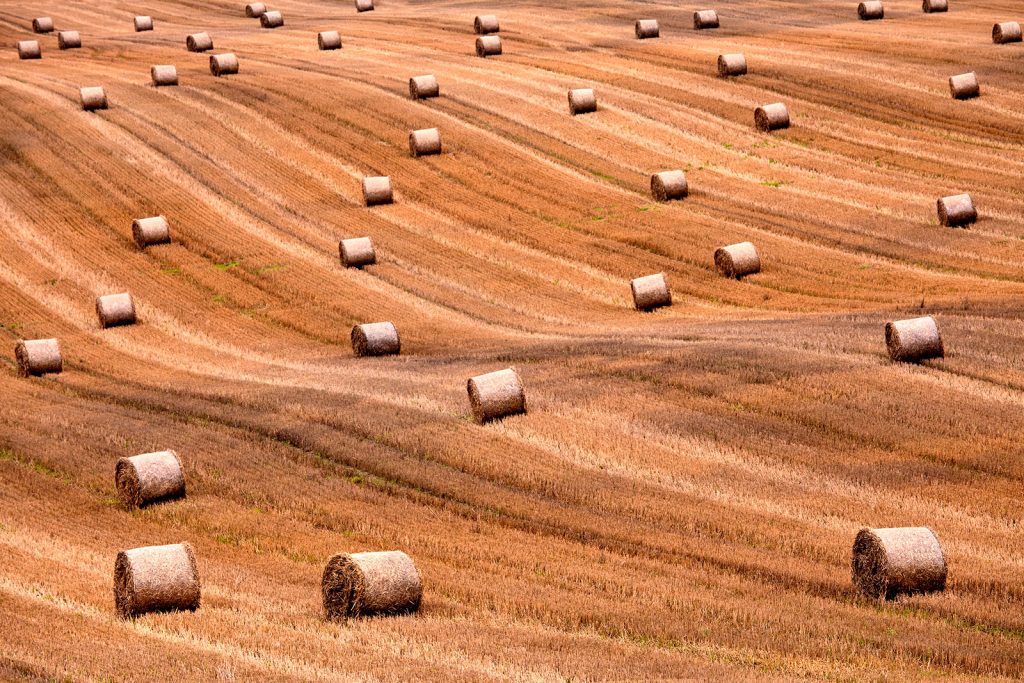
Briess is five family generations deep in malting history, tracing our roots across a wide range of barley and malt innovation since 1876. Our grower relationships provide a wealth of American malting barley farming knowledge, stewarding the land in Wyoming and Montana.
But, for a moment, let’s shine a spotlight on our unsung hero ingredients: brewing flakes and adjuncts! We apply the same high-quality standard to the production of brewers’ flakes as we do to malting.
And now, it’s their shot at some time in the sun (quite literally, as we are moving into Wisconsin’s spring with real sun, not just frozen mud and clouds!). From the amber waves of grain, we’ll now step into Insta Grains® to follow our adjuncts’ arduous journey before mashing.
What are Insta Grains®?
Originally built for the production of Brewers Flakes in 1990, for the emerging American Craft Beer industry, Insta Grains is our plant that continues to produce a full line of brewers’ flakes and adjuncts, plus multiple lines of natural heat-treated, specialty grain ingredients for food.
The capacity of the original plant more than doubled in 2016 with the commissioning of Insta Grains II, featuring capabilities of milling, dry blending, bag and tote packaging, along with a robotic palletizer and on-site lab.

After the field and a fill-up in the grain elevator, a ride in a truck or railcar brings grains through a zigzag path through our plant for a pre-conditioning phase. This step is crucial: we precisely manage the grains’ moisture content to ensure even distribution and optimal levels. Why? Because this pre-conditioning unlocks the grains’ starches, making them more soluble and readily digestible by the naturally occurring enzymes in barley malt.
Water content is the primary control for how our grains cook. Without this critical step, the rest of the process is nearly useless!

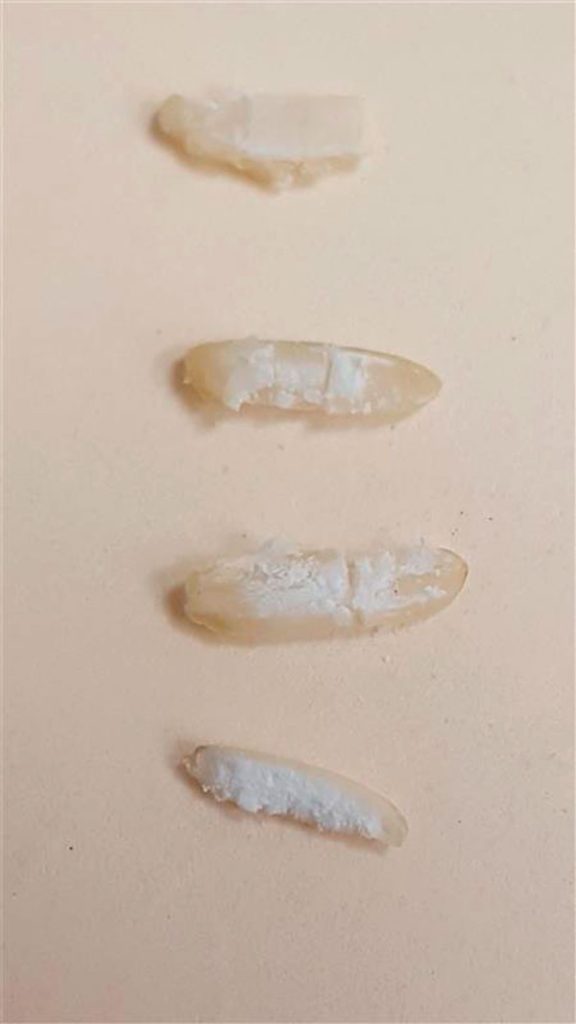
Once in the correct moisture window, the next stage is to prepare grains by rapidly heating them into a more elastic state. The hot, elastic-like nature of heated grains allows a smear effect to happen, creating the iconic flake shape. If the grains went in cold, they would shatter rather than stretch under stress. While under immense pressure, the grains’ starch structures are shredded, making the starch available for mash enzymes.
Steaming flakes, hot from the flaking mill.
What sets Briess’ flakes apart?
It’s not just the technical specs (we’ll get to those!). It’s consistent quality, careful sourcing, and gentle processing—hallmarks of everything we do, from malt to adjunct. Whether you’re a craft brewer scaling up or an experimental homebrewer chasing the perfect haze, your ingredients should work as hard as you do.
Raw grain starches are inaccessible at mash temperatures that promote malt enzyme activity. The fabulous thing about flakes is that they are mash-ready! No milling or cereal cooker needed to get the starches prepared for your malt enzymes. The flakes are ready to roll straight into your mash tun, saving you time while enhancing recipe flexibility.
When cooking complex starch molecules to unravel, malt enzymes would deactivate, hence, flakes are non-enzymatic. We’ve efficiently heated the grains beyond the temperature that enzymes can handle. You’ll want to ensure your mash bill is sufficient in enzymatic malts to compensate.
Unlike malts, adjuncts—like brewing flakes—are typically low in Free Amino Nitrogen (FAN), an essential nutrient for healthy yeast fermentation. This might be something to keep an eye on, especially depending on what type of malt and the overall compensation of your recipe. If you’re staying on the low usage side, your total FAN will not be dramatically reduced with adjunct use.
Don’t be a “flake”; keep reading to see our current product lineup and some recipes!
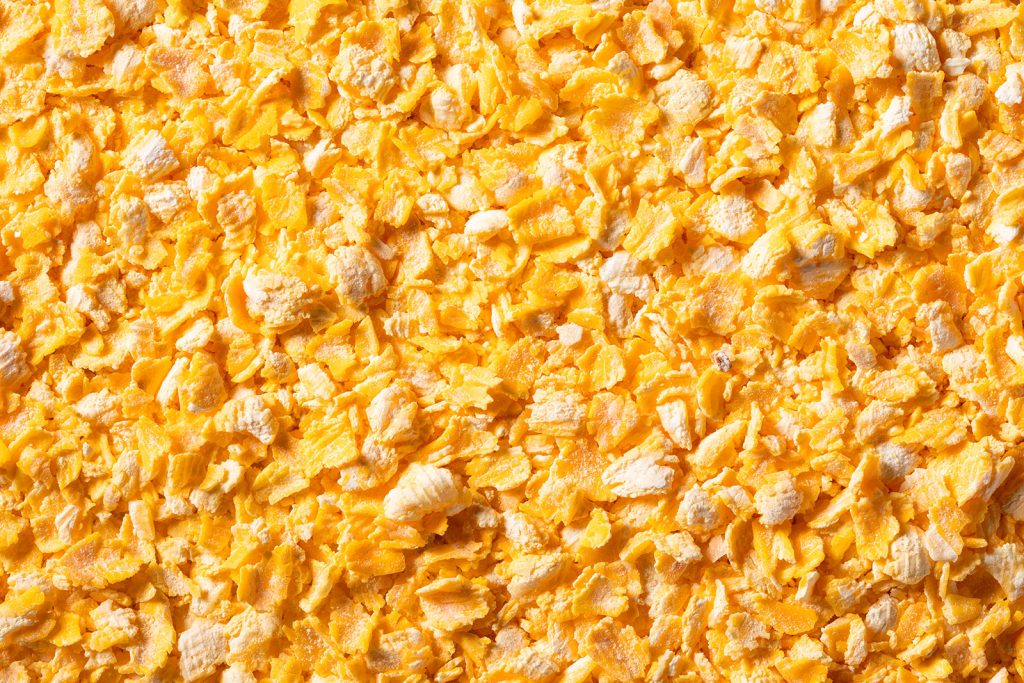
Our Corn Flakes are GMO-free, which is a big win if that is what your recipe needs! Corn is notoriously hard on mills; you can hear our mills working overtime when we flake corn. This grain may appear colorful, but it will yield negligible soluble color with higher extract than many of the adjuncts.
Recipes with Briess’ Corn Flakes:
- Flanders Brown: a malty Belgian-style Brown Ale
- Deutsch Mexikaner Lager: a Vienna lager steeped in German tradition
- Multigrain Witbier: fruity and refreshing with multiple brewing flakes
- 12,000 Click Cream Ale: a U.S. original with Australian influence
- Streetcar: a crisp, clean, and light European Lager
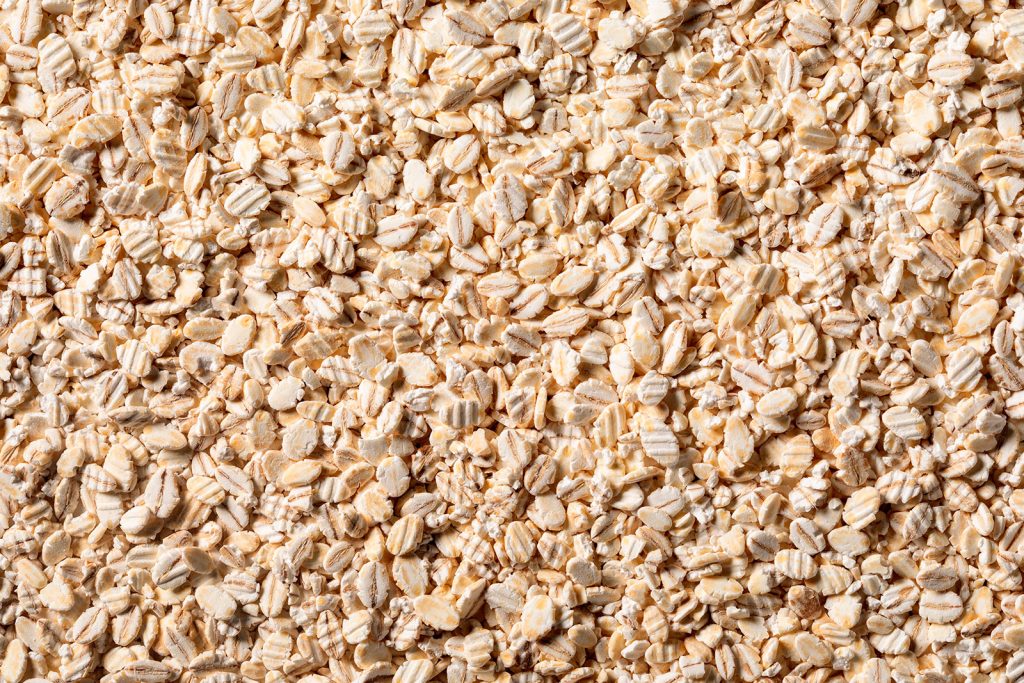
Our Brown Rice Flakes impart nearly nothing for soluble color, despite their name. The name of these tan flakes refers to the level of milling the rice went through. Our brown rice is a whole grain; the bran is intact and not pearled off as in white rice. Similar to corn, but contrasting to many other adjuncts, brown rice flakes are higher in extract. They have a large surface area and are pre-cooked, so they hydrate and disintegrate quickly and offer a light, clean, and crisp character to the finished beer.
Blog and Recipe with Briess’ Brown Rice Flakes:
- Brewing with Flakes Blog: why they are used or how to use them properly
- Multigrain Witbier Recipe: multiple brewing flakes impart a unique grainy character to this light, fruity, and refreshing beer style
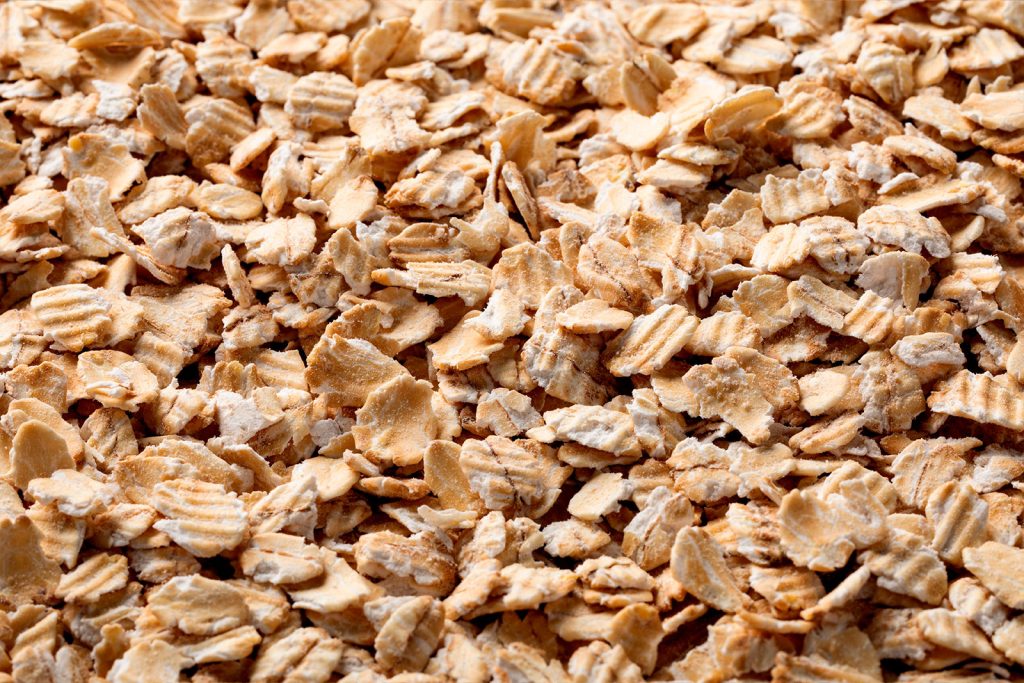
Skinny grains like oats can be a chore to get milled correctly in a grist mill. Flaking takes that headache away and prepares the grain for mashing. Think oatmeal! Those same molecules responsible for that porridge consistency help create a creamy mouthfeel.
All about Oats Blog: dehulling, kilning, milling, flaking, and more
Recipes with Briess’ Oats:
- Haze Craze Train: featuring a citrus-intense, tropical fruit aroma
- Frostbite White IPA: using a grain bill of Belgian Witbier and American hops
- Dry Smoked Stout: featuring Smoked Cherrywood Malt
- Full Mooned Belgian Wit: refreshingly crisp malty character complemented by spice and citrus
- Wit or Witout: refreshing, light, and tangy
- Honey Wolf (Hazy): a Hazy Pale Ale with a malty flair of American Honey Malt
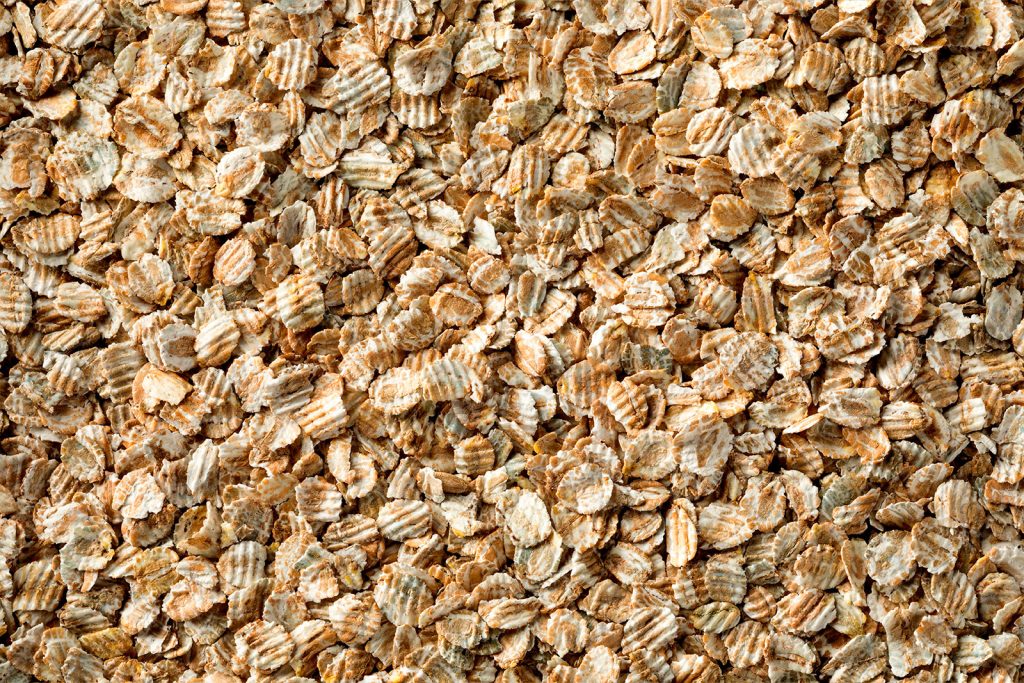
Rye flakes have a unique flavor and some unique properties thanks to pentosan molecules. Typically, inclusions are lower for this type of adjunct to ensure a smooth lauter. Rye also can get a bit wild in coloration, ranging from blues and greens to brown and greys – all from the same field.
Blog featuring Tips on Briess’ Rye Flakes and Rye Malt:
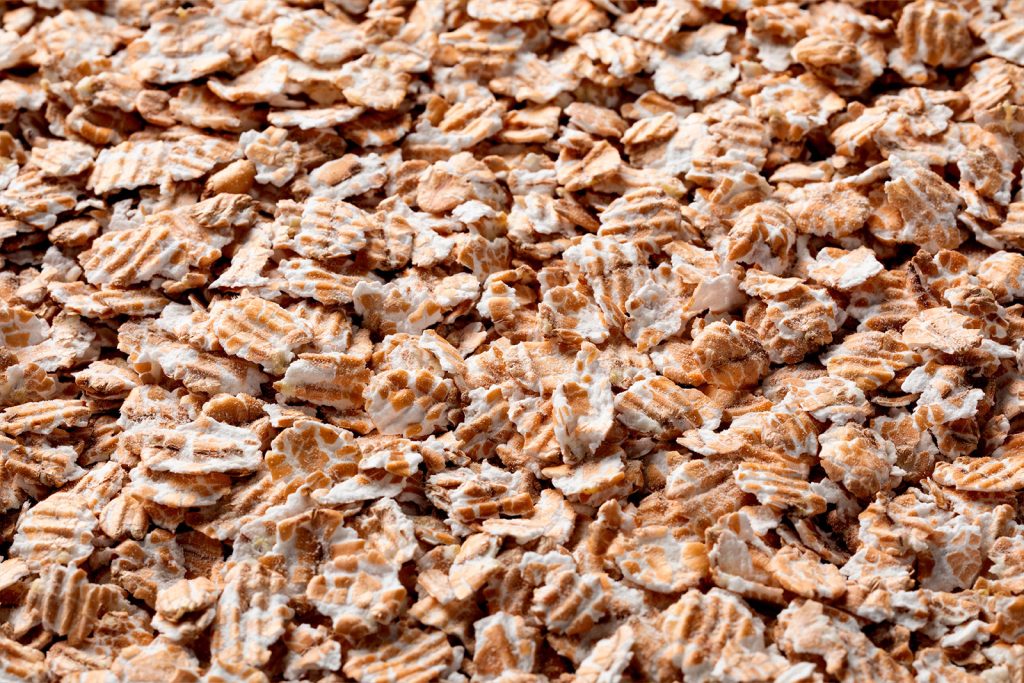
Wheat flakes are derived from another small grain that is easier to handle in flake form. Wheat has a higher ratio of soluble proteins compared to the rest of the adjuncts. The soluble protein content can aid in head retention and body with a unique viscosity or mouthfeel.
Blog and Recipes with Briess’ Wheat:
- Just Wheat It! Blog: the ins and outs of everything you need to know about wheat
- Channel The Flannel Wheat Recipe: a slightly hoppy Ale
- Wit or Witout Recipe: a refreshing, light, and tangy Belgian Ale
- Midnight Wit Recipe: features a crisp finish imparted by Midnight Wheat Malt
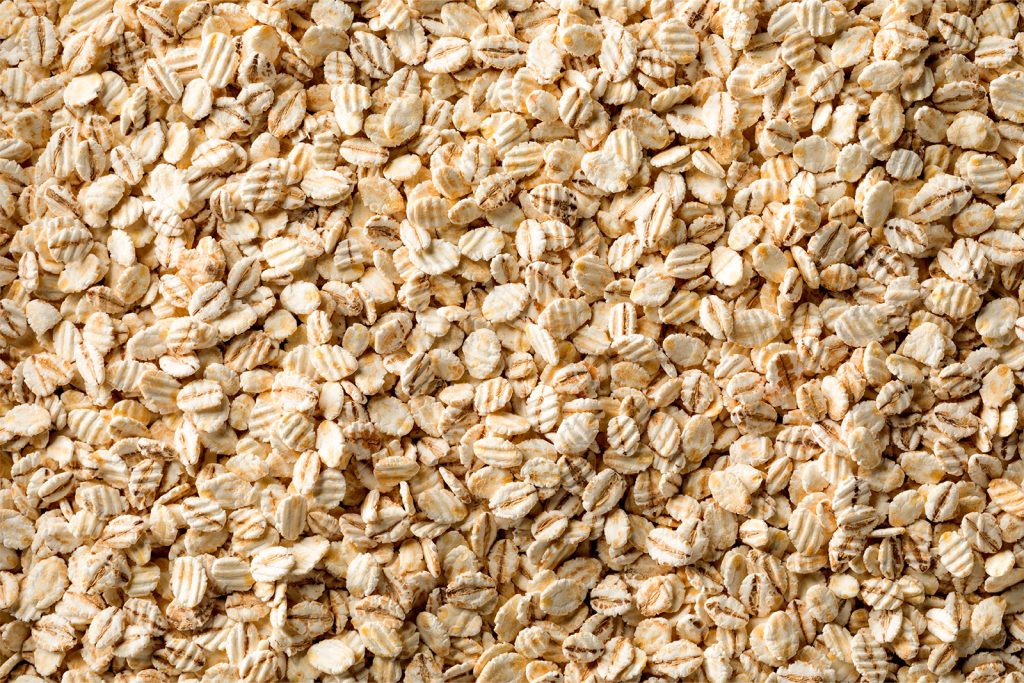
While we may have taken malted barley out of the spotlight for a minute, we can’t help but come full circle and reintroduce you to our barley flakes made from the same high-quality barley we malt with! Since this barley has been through the arduous flaking process, it no longer bears the raw grain flavor or minimal enzyme activity you would expect fresh from the field.
Recipes with Barley Malt:
- ESB with Extra Special Malt: a great malt for Belgian-inspired beers like Abbeys and Dubbels, but also doppelbocks, Porters, and Stouts for extra complexity
- Pumpkin’ Patch Porter: mellows nicely when aged, and is to be enjoyed through winter
- Black IPA: a catch-all dark, hoppy, and trendy
- Dan’s Dark Chocolate Ale: features rich coffee and cocoa flavors
- Caracrystal® Stout: imparts a distinctive blend of bready, subtle caramel, and dark toast flavors
For those who made it this far, here are a few flaky groaners for you. 😉 We dare you to drop your own in the comments!
- Why did the oats get added last to the mash? They were flaky!
- Flake on your mash, not your friends!
- Briess will never flake on you, but will always flake for you!

